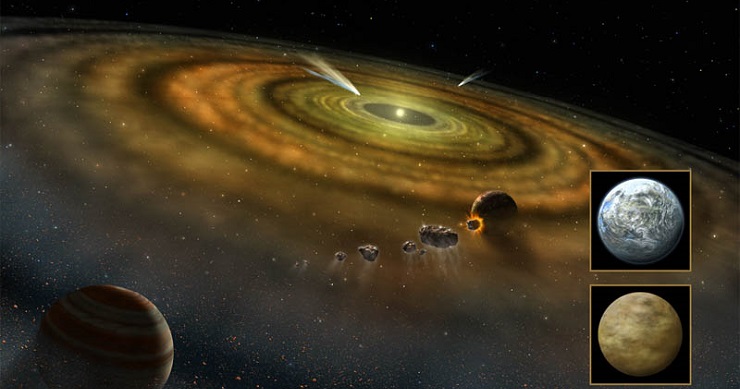An international team of scientists has discovered a new exoplanet, HD 206893 c, using data from the European Space Agency’s Gaia spacecraft. The exoplanet, which is roughly 13 times the mass of Jupiter, was found orbiting the star HD 206893, about 130 light-years from Earth. The team also used the GRAVITY instrument on the Very Large Telescope in Chile to confirm the planet’s presence. The light spectrum from the planet’s atmosphere suggests that its core may be undergoing nuclear fusion using deuterium, a hydrogen isotope. This discovery could provide valuable insights into distinguishing between massive planets and brown dwarfs. The team’s findings have been accepted by the journal Astronomy & Astrophysics.
Key Takeaways:
- An international team of scientists has discovered a new exoplanet, the first to be directly imaged, which appears to have nuclear fusion ongoing in its core.
- The newly discovered exoplanet is about 13 times more massive than Jupiter and is on the boundary between being a planet and a brown dwarf, providing new insight for scientists to distinguish between massive planets and brown dwarfs.
- The discovery demonstrates that the Gaia spacecraft can identify potential exoplanets, which can then be directly detected by follow-up observations, either on the ground or by a space-based observatory.
“An international team of scientists has found a new exoplanet that’s the first to be directly imaged thanks to Europe’s Gaia spacecraft — and it appears to have nuclear fusion ongoing in its core.”
More details: here


Leave a Reply